The dense rainforests of Central Africa hide one of nature's most visually striking yet behaviorally complex primates – the mandrill. With its psychedelic facial coloration and imposing physical presence, this largest of all monkey species has long fascinated scientists and wildlife enthusiasts alike. But beneath the mandrill's carnivalesque appearance lies a rigid social hierarchy that would make Machiavelli proud.
The Rainbow-Faced Monarch
Adult male mandrills are impossible to miss. Their faces appear painted by some avant-garde artist – brilliant blue ridges flanking a scarlet nose, with golden beard framing the spectacle. This flamboyant coloration isn't mere decoration; it's a billboard advertising status. Research shows the most dominant males develop the most intense colors, their faces essentially glowing when they reach peak testosterone levels during mating seasons.
Females and juveniles display more subdued coloration, their olive-brown fur helping them blend into the forest understory. But the alpha male wants to be seen. His vibrant face serves both as a warning to rivals and an attractant to females. When he moves through the troop, subordinates scatter like courtiers before a medieval king.
The Politics of Power
Mandrills live in multi-level societies that can number in the hundreds. At the core are family groups of related females and their offspring. These clusters then associate with other families, forming larger bands that travel and forage together. But the true social glue – and occasional source of violence – comes from the dominant males.
An alpha male doesn't achieve his position through democratic means. Younger males challenge the leader through displays of aggression – baring inch-long canines, pounding the ground, and making deep guttural calls that resonate through the forest. Most conflicts end with the weaker male submitting, showing his rump in a primate gesture of surrender. But some battles turn bloody, with males sustaining serious injuries from those dagger-like teeth.
Mating Season Mayhem
During most of the year, mandrill troops maintain relative peace as they forage for fruits, insects, and small vertebrates. But when females enter estrus, the social order becomes tense. The alpha male may account for 80-90% of matings during peak breeding periods, a statistic that keeps younger males constantly scheming for opportunities.
Researchers have observed fascinating strategies employed by subordinate males. Some form temporary alliances to challenge the alpha. Others attempt covert matings when the dominant male is distracted. Females aren't passive participants in this drama – they've been observed preferentially mating with males who have shown kindness to their offspring in the past, suggesting complex social memory.
The Weight of Leadership
Being alpha comes at a cost. Dominant males exhibit higher stress hormone levels than subordinates, particularly during mating season when they must constantly defend their position. Their impressive size – up to 120 pounds for a large male – requires substantial energy to maintain. And unlike female mandrills who often maintain lifelong bonds with relatives, a male's position is always temporary.
When an alpha male loses his position, the fall can be dramatic. Former leaders often become solitary, living on the periphery of troops they once commanded. Some attempt to join other groups, while others simply waste away – their once-vibrant facial colors fading along with their social standing.
Conservation Challenges
Beyond their fascinating social dynamics, mandrills face growing threats in the wild. Habitat loss from logging and agriculture has fragmented their populations. They're also hunted for bushmeat across their range in Cameroon, Gabon, and Congo. Conservationists estimate mandrill numbers have declined by more than 30% over the past three decades.
Protecting mandrills presents unique challenges. Their large group sizes require extensive territories, making them vulnerable to habitat fragmentation. Some protected areas may be too small to sustain viable populations long-term. Additionally, their striking appearance makes them targets for the illegal pet trade, though their complex social needs make them poor candidates for captivity.
Lessons from the Forest
The mandrill's story offers insights beyond primatology. Their social system demonstrates how evolution balances competition and cooperation. The males' flamboyant ornamentation provides a textbook example of sexual selection in action. And their declining numbers serve as a reminder of how quickly we can lose Earth's most spectacular creatures.
Next time you see an image of a mandrill's rainbow face, remember you're not just looking at a colorful monkey – you're seeing the product of millions of years of evolutionary innovation, a creature that embodies both the beauty and brutality of nature in equal measure.
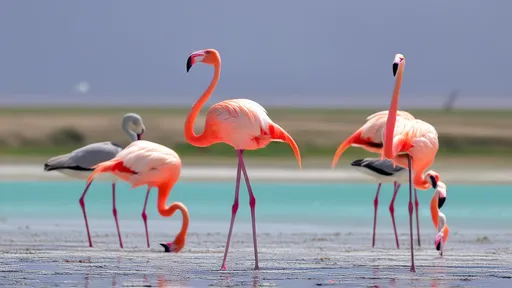
By /Jun 10, 2025
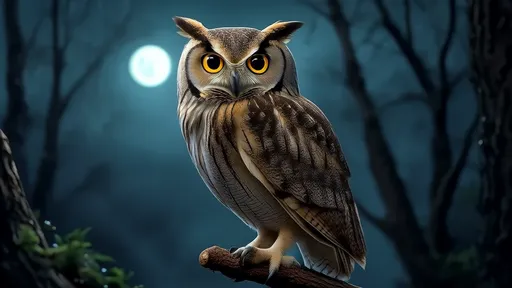
By /Jun 10, 2025
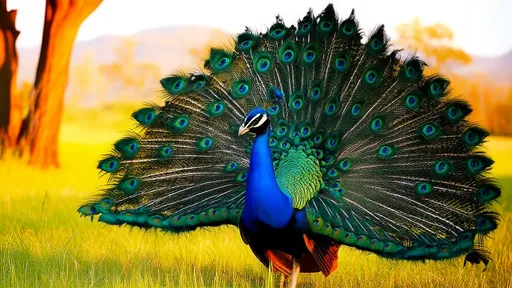
By /Jun 10, 2025
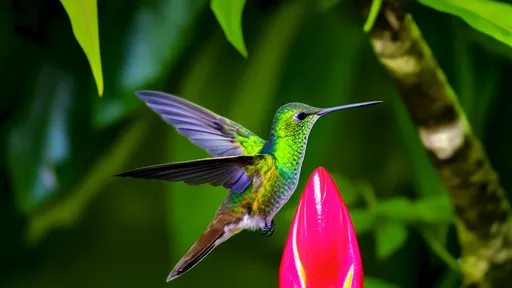
By /Jun 10, 2025

By /Jun 10, 2025
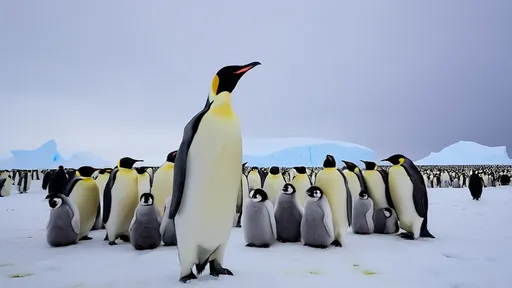
By /Jun 10, 2025
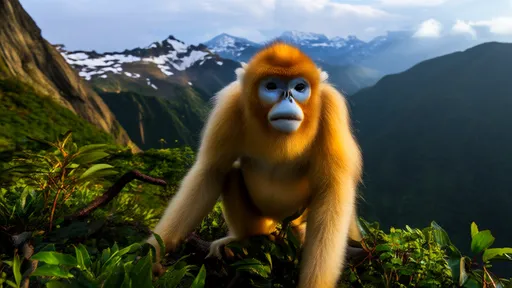
By /Jun 10, 2025
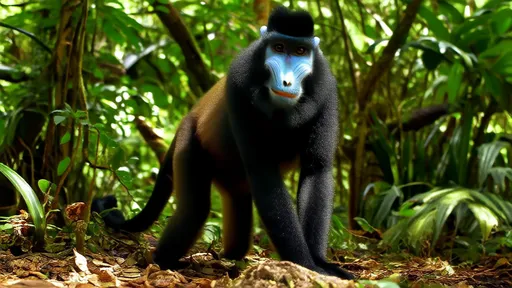
By /Jun 10, 2025
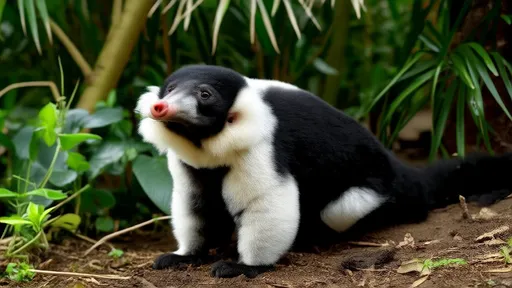
By /Jun 10, 2025
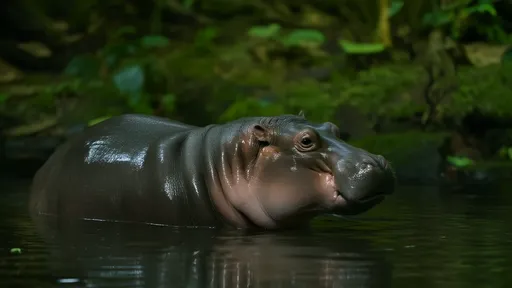
By /Jun 10, 2025